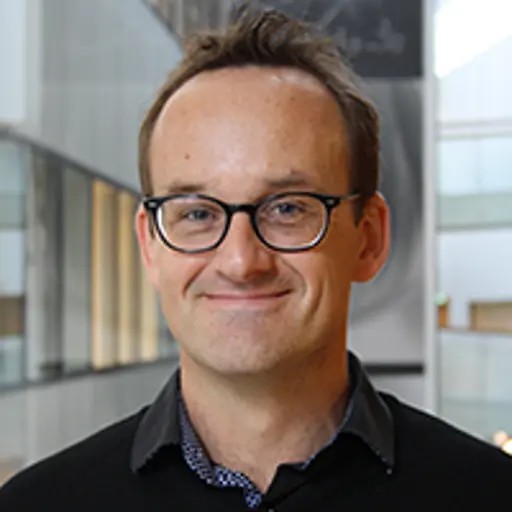The course syllabus contains changes
See changesCourse syllabus adopted 2022-02-02 by Head of Programme (or corresponding).
Overview
- Swedish nameÖppna kvantsystem
- CodeMCC180
- Credits7.5 Credits
- OwnerMPNAT
- Education cycleSecond-cycle
- Main field of studyEngineering Physics
- DepartmentMICROTECHNOLOGY AND NANOSCIENCE
- GradingTH - Pass with distinction (5), Pass with credit (4), Pass (3), Fail
Course round 1
- Teaching language English
- Application code 18124
- Maximum participants50
- Block schedule
- Open for exchange studentsYes
Credit distribution
Module | Sp1 | Sp2 | Sp3 | Sp4 | Summer | Not Sp | Examination dates |
|---|---|---|---|---|---|---|---|
| 0122 Laboratory 1.5 c Grading: UG | 1.5 c | ||||||
| 0222 Examination 6 c Grading: TH | 6 c |
|
In programmes
- MPNAT - NANOTECHNOLOGY, MSC PROGR, Year 1 (compulsory elective)
- MPPHS - PHYSICS, MSC PROGR, Year 1 (compulsory elective)
Examiner
 Göran Johansson
Göran Johansson- Full Professor, Applied Quantum Physics, Microtechnology and Nanoscience
Eligibility
General entry requirements for master's level (second cycle)Applicants enrolled in a programme at Chalmers where the course is included in the study programme are exempted from fulfilling the requirements above.
Specific entry requirements
English 6 (or by other approved means with the equivalent proficiency level)Applicants enrolled in a programme at Chalmers where the course is included in the study programme are exempted from fulfilling the requirements above.
Course specific prerequisites
FUF040 Quantum Physics or equivalent is required. The following courses are recommended: TIF101 Applied Quantum Physics, TIF305 Statistical Physics, TIF290 Quantum Mechanics, and FMI036 Superconductivity and Low Temperature Physics
Aim
Realistic descriptions of systems used for quantum technologies need to include imperfections, originating from remaining weak interactions with uncontrolled parts of the environment. The effects of such imperfections are often described using Lindblad master equations, determining the time evolution of the systems density matrix. The purpose of this course is to go through both a microscopic derivation of these equations as well as to give examples of the most common uses of these equations on practical quantum systems. The examples include a practical laboratory session on a system used for quantum technology, e.g. experimentally determining coherence properties of a small superconducting quantum circuit, with the purpose of complementing the theoretical description with hands-on experience.Learning outcomes (after completion of the course the student should be able to)
* derive the Hamiltonian of the transmon qubit
* derive the Lindblad master equation from a microscopic Hamiltonian
* numerically simulate the dynamics of an open quantum system
* understand what relaxation and dephasing does to a qubitContent
* Introduction to open quantum systems* Quantizing electrical circuits - especially the transmon and the open transmission line
* Microscopic derivation of the Lindblad master equation via the Bloch-Redfield equation,
* Discussion of relaxation, thermal excitation and dephasing and the corresponding Lindblad dissipators
* Introduction of the timescales T1 (relaxation) and T2 (dephasing) and how they are determined experimentally - Ramsey-interference
* How to characterise the fidelity of quantum computers - Randomised benchmarking
* Laboratory exercise determining the coherence properties of a superconducting quantum circuit
* Input/output formalism: calculating the emission from driven quantum systems
* Weak measurements and quantum trajectories
Organisation
There will be two lectures and one excercise class every week, except the lab week. The lab is compulsory.Literature
Latex lecture notes on circuit quantization.
"The theory of open quantum systems", H.-P. Breuer and F. Petruccione, Oxford University Press
Examination including compulsory elements
Examination and grading will be based on the solutions to the hand-in problems and performance on the final written examination. The lab report part is graded with pass/fail.The course examiner may assess individual students in other ways than what is stated above if there are special reasons for doing so, for example if a student has a decision from Chalmers about disability study support.
The course syllabus contains changes
- Changes to course rounds:
- 2022-10-04: Block Block C added by examinator
[Course round 1]
- 2022-10-04: Block Block C added by examinator